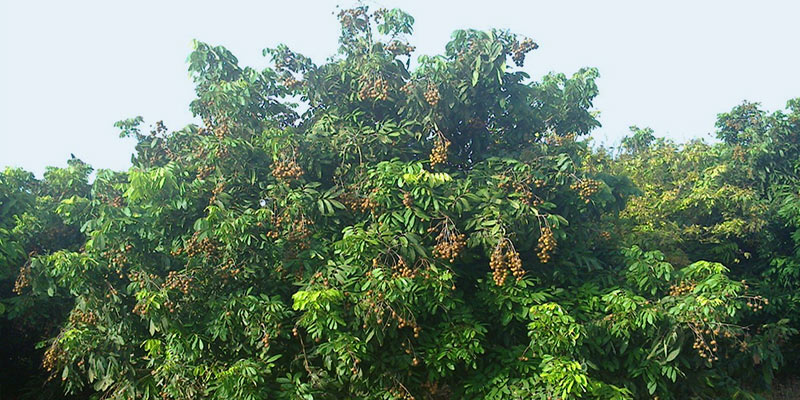
Also commonly known as the “longan tree,” the Dimocarpus longan is a tropical tree which is native to South Asia. It produces the eponymous fruit, which is well-known for its sweet and fragrant taste, as well as giving off an aromatic smell in the process. Considering that it produces some great products, it is not a bad idea to consider investing in and growing a Dimocarpus longan.
That said, how do you get started? While you might believe that it is a long, daunting process, you might be surprised to know that, with a bit of research and careful planning, you can get around to growing a successful longan tree that will yield plenty of fruit for you. Learn more in this article on how to grow the Dimocarpus longan, and soon enough, you will be getting around to doing so in no time.
With that said, let us get right to it!
Things You Will Need For This Tutorial
Before you get started, you will need to consider just a few key tools and ingredients in order to make your Dimocarpus longan growing experience a successful one. Below, we list a few things you will need to get started:
1. A warm environment
Considering that Dimocarpus longan is native to South Asia, you can bet that it is accustomed to hot, dry environments. That said, make sure your environment is appropriate for the longan tree to thrive in. If not, then you can simulate one by using growing lights.
2. Longan seed
To obtain this particular item, you can either purchase them at your local gardening store or germinate your own by extracting it from an existing longan fruit.
3. Soil
Ideally, a well-drained soil is the way to go, but Dimocarpus longan can grow in just about any type of soil, from rocky to sandy and so forth. Just make sure that it is slightly acidic, since longans tend to thrive better in those kinds of environments.
4. Fertilizer
To enhance the growth of the Dimocarpus longan, either organic or inorganic fertilizer should do the trick, as long as the NPK ratio is perfectly-balanced throughout.
5. Prune tool
Once the tree starts to grow, it will begin to develop leaves, which can overgrow, so having pruning tools on hand will be a life-saver when it comes to trimming and maintaining it.
6. Sunlight and water
As nature’s essentials, you cannot have a successful longan tree without these two properties!
Step-By-Step Tutorial
1. Prepare your environment
Before planting your longan tree, it is imperative to take these necessary steps in order to make sure that it grows up successfully; a wrong move and it can lead to either no growth or an inadequate one.
That said, find a warm, dry environment away from other trees and plants to grow it. If necessary, prepare the soil by making it easier to drain water.
2. Plant the longan tree
Dig a hole about three times the size of the longan tree’s current size and place the tree into it before covering it up and adding wood chips and mulch to protect it from rot and keep the soil moist underneath.
3. Water and fertilize it
Water the area generously, adding fertilizer to the mix. As previously mentioned, it is best to use fertilizer which has a balanced NPK ratio; that said, types such as 15:15:15 should do the trick. Continue to water and fertilize the plant while it is still young, especially in the spring and summer months.
4. Prune the tree
Once the longan tree starts to grow to a decent height, it is time to start trimming it. Using pruning shears, cut off any signs of overgrown leaves. Especially, The loppers cut off the high and heavy limb and anything else that can get in the way of the longans receiving sunlight and water.
Especially, Using pruning loppers cut off h
5. Harvest the fruits
You know when the longans are ready to be picked when they become a tan color. Test out one of them to see if it is ripe yet, then pick them.
Conclusion
Overall, the Dimocarpus longan is a distinctive tree that yields some of the tastiest fruits out there. By trying your hand at planting and growing it, you can produce some really good results. Happy gardening!
About the Author

Daisy Taylor is a blogger at TheOneSunflower.com. I would try my hand at gardening. After many years of gardening at home. I have decided to share my passion with the world.
You can find Daisy on Twitter at @DaisyTa05507894
